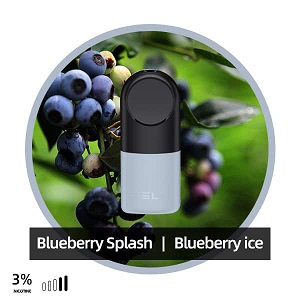RELX and Tobacco Harm Reduction: Examining the Role of Vaping in Public Health
In recent years, the rise of RELX, a popular vaping brand, has sparked a significant shift in smoking trends among youth. As more young people turn to vaping as an alternative to traditional smoking, it is important to examine the role of RELX and other vaping products in tobacco harm reduction and public health.
Smoking Cessation Aid
One of the key arguments in favor of vaping as a harm reduction tool is its potential to help smokers quit or significantly reduce their tobacco consumption. Many individuals who have struggled to quit smoking have found success with vaping as a less harmful alternative. RELX and other vaping products offer smokers a way to satisfy their nicotine cravings without the harmful chemicals found in traditional tobacco products.
Reduced Harmfulness
Additionally, vaping has been shown to be significantly less harmful than smoking. Numerous studies have indicated that vaping is a safer alternative to smoking, as it does not produce tar or other carcinogens that are present in tobacco smoke. While vaping is not risk-free, it is widely acknowledged as a less harmful option for individuals who are unable or unwilling to quit smoking altogether.
Appeal to Youth
Furthermore, the availability of a wide range of flavors in vaping products has made them attractive to young people who might otherwise be drawn to traditional cigarettes. By offering various flavored e-liquids, RELX and other vaping companies have managed to capture the attention of younger consumers who are looking for a more appealing smoking experience. While concerns have been raised about the potential for these flavors to attract non-smokers, they have also been credited with helping smokers transition to vaping and ultimately reduce their tobacco consumption.
Controversies and Concerns
However, it is important to note that vaping is not without its controversies. The long-term health effects of vaping are still not fully understood, and there are ongoing debates about the potential risks associated with vaping products. Additionally, the rapid rise in vaping among youth has raised concerns about the normalization of nicotine use and the potential for a new generation of nicotine addiction.
Regulatory Measures
As RELX and other vaping brands continue to gain popularity, it is crucial for public health officials to monitor and regulate the use of these products. Striking a balance between promoting vaping as a harm reduction tool for smokers while mitigating the risks of youth initiation is a complex challenge that requires careful consideration.
Conclusion
In conclusion, RELX and other vaping products have had a significant impact on smoking trends among youth. While vaping offers potential benefits as a harm reduction tool, it is important to approach its use with caution and to continue researching its long-term health effects. By examining the role of vaping in public health, we can work towards promoting harm reduction strategies that prioritize the well-being of both smokers and non-smokers alike.
